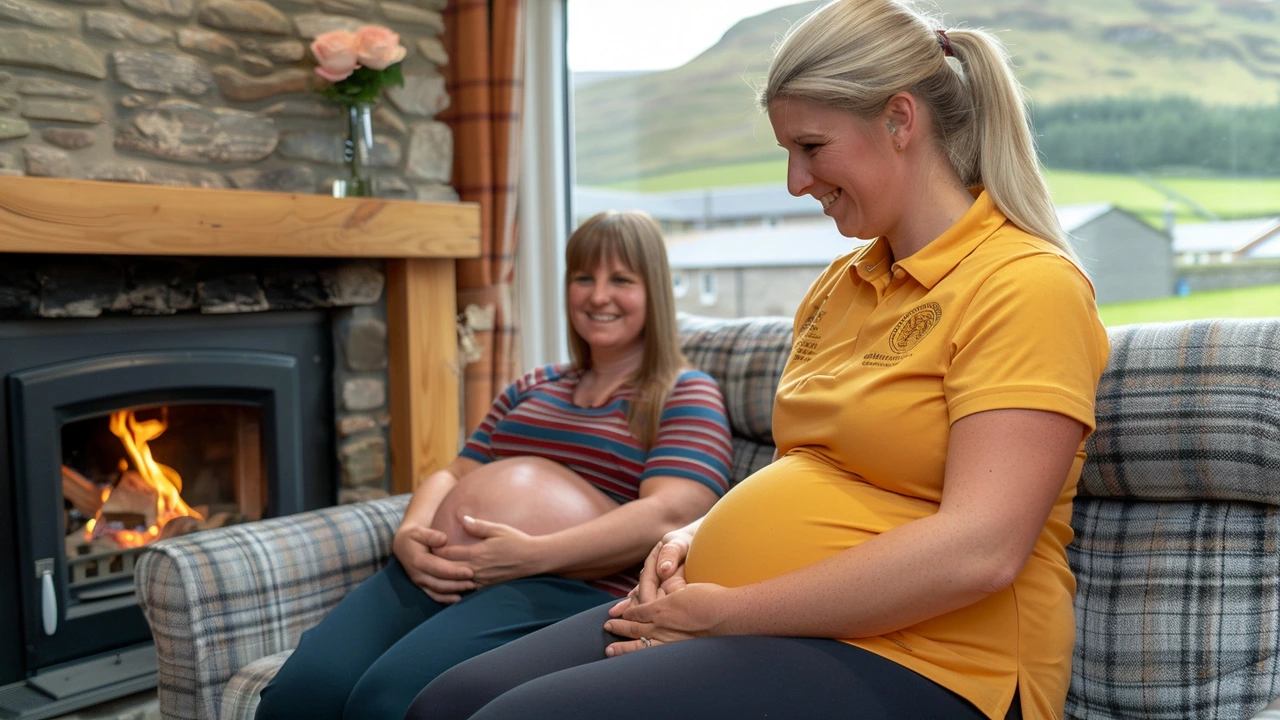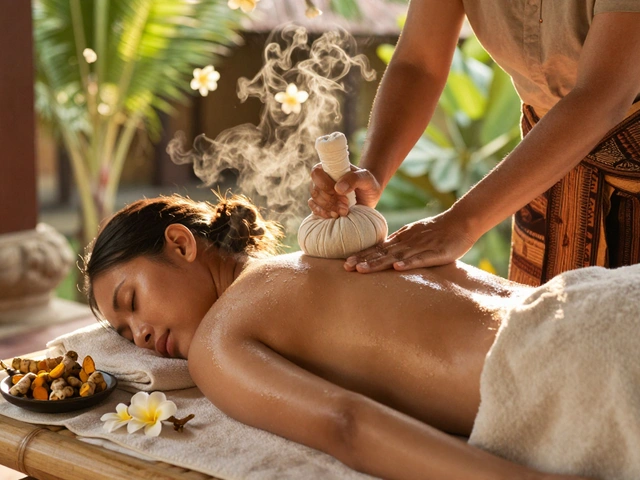Massage Benefits: What It Does for Dogs and People
Want a simple, low-cost way to reduce stress, ease sore muscles, and build a better bond with your dog? Massage does that. It’s not just pampering — a well-done massage improves circulation, reduces tension, and helps both body and mind work better. Read on for clear, usable tips and when to get professional help.
What massage actually helps with
Massage speeds up blood flow. Better circulation brings oxygen and nutrients to tired muscles and helps remove metabolic waste. For dogs recovering from minor injuries or older pets with stiffness, that matters. It also soothes the nervous system — slow, steady strokes trigger relaxation and lower stress hormones in both humans and dogs.
Beyond circulation, massage targets tight spots and fascia. Working gently on knotted areas can improve range of motion and reduce pain signals. Athletes and active dogs benefit from faster recovery and fewer recurring strains. Massage also supports digestion and lymphatic drainage when done with proper technique, so you may see better appetite and less swelling after regular sessions.
Don’t forget the bonding effect. Touch releases feel-good neurochemicals. Short daily sessions calm anxious dogs, reduce reactivity, and help shy pets trust you more. For owners, those same sessions reduce stress and improve sleep. It’s an easy habit that pays off for two.
How to give a safe, effective massage
Start slow. Pick a quiet spot and watch your dog’s signals — relaxed breathing, soft eyes, and leaning in are good. If a dog pulls away, growls, or tenses, stop and try a different area later. Use light to medium pressure for most areas; deeper pressure can be used only on clearly relaxed muscles and if the dog accepts it.
Use hands or a soft brush. Work in short 5–10 minute sessions at first. Try a gentle stroke along the neck and shoulders, circular motions over the hips, and long strokes along the back. For tight muscles, apply gentle kneading with your fingertips; hold on a tender spot for a few seconds and then release. Keep sessions consistent — 3–5 times a week makes a real difference for chronic stiffness.
When to avoid massage: open wounds, fever, recent fractures, or areas with active inflammation. If your dog has a medical condition (like cancer or severe arthritis), check with your vet before starting. For deeper or targeted issues, a certified animal massage therapist or veterinary physiotherapist can help with a plan.
Quick tip for owners: use the same basic strokes on your own neck, shoulders, and calves to relieve tension after a long day. A foam roller, massage ball, or simple hand techniques can cut soreness and speed recovery after exercise.
Regular, mindful touch makes a real difference. Start small, pay attention, and build a short routine your dog enjoys — you might be surprised how quickly stress, stiffness, and tension fade.

Sports Massage Science: Boosting Athletic Recovery and Performance
Discover how sports massage works, what science says about its effects on your body, and get real tips for using massage to boost recovery and performance.

Harness the Power of Prenatal Massage for Enhanced Maternal Health and Relaxation
Prenatal massage offers a multifaceted approach to enhancing maternal well-being, focusing on alleviating common discomforts of pregnancy and fostering emotional tranquility. This article delves into the intricacies of prenatal massage, the plethora of benefits it promises for expecting mothers, and practical tips for safely incorporating this therapeutic practice into pregnancy care. Readers will gain insights into how prenatal massage can ease physical discomforts, reduce stress, and foster a deep connection between mother and baby, all while ensuring safety precautions are duly observed.

Why Gut Health is Crucial for Weight Management
Nov, 28 2025

A Closer Look at the Traditional Balinese Massage
Dec, 10 2025


